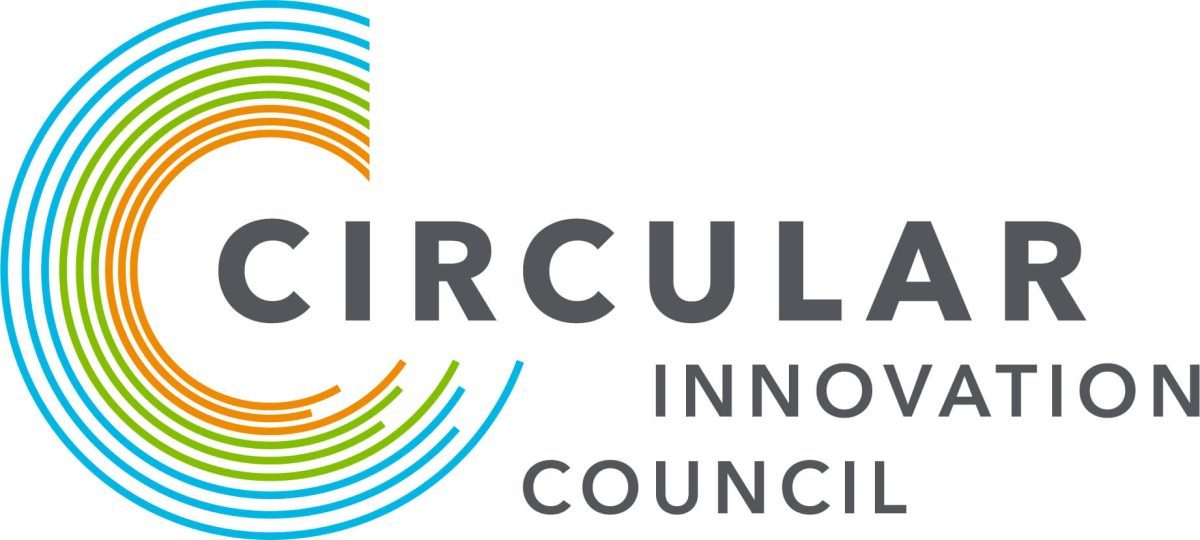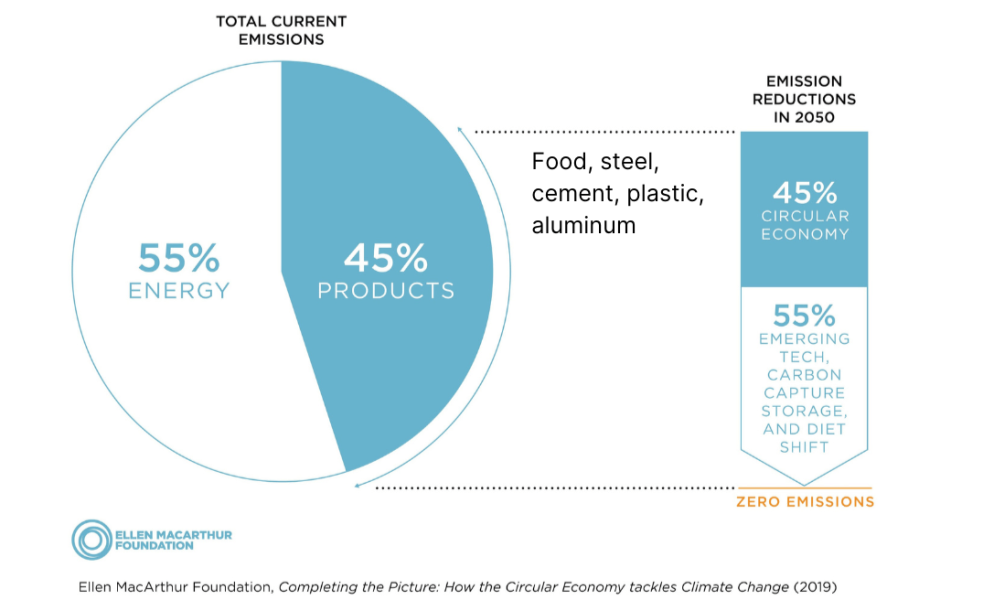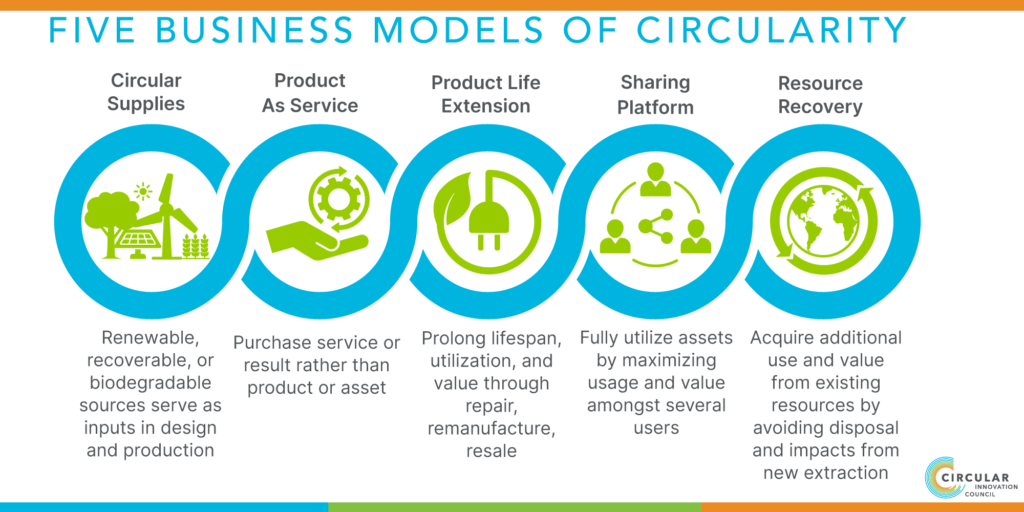
As the urgency to combat climate change grows, it’s evident that current efforts to cut carbon emissions will fall short. To achieve Canada’s climate targets, we must think beyond conventional solutions and embrace innovative approaches. Embodied carbon, the emissions associated with the products we make and use daily, accounts for a staggering 45% of our carbon emission targets. It’s time for governments, businesses, and everyday Canadians to recognize this challenge and seize the significant opportunity it presents.
Unveiling the Hidden Challenge

Enter the circular economy—a sustainable pathway that tackles embodied carbon by promoting production and consumption practices that do more with less. Integrating circular practices means making products that can be fixed, shared and that will last longer. Governments regulate markets, support these products, and use their own purchasing power to prefer them. Average Canadians get smarter about what they buy, who they buy from, how they use what they buy, and how to continue their value when they are finished with them. By adopting circular principles, businesses, governments, and individuals can play a vital role in optimizing resources, thereby reducing carbon emissions generated throughout the entire lifecycle of products.
Supporting these Five Key Circular Business Models

Five key business models are central to a circular economy. Each model delivers value for the planet, people, and profit, by reducing production, carbon emissions, waste, and costs.
Ready to explore the transformative potential of the circular economy and its powerful solutions? Join us at the 2023 Canadian Circular Economy Summit, where delegates across all sectors will gather to discuss strategies for redesigning products, transitioning markets, and creating the necessary demand to meet our climate goals while protecting natural resources. Fostering change at the market level is crucial for widespread implementation.
Stay Informed: Next Steps on Your Circular Journey
In the coming months, together with our partners, we will share Canada’s roadmap to a circular economy and a series of detailed articles on our website. These articles will provide inspiring examples, practical guidance, and deep insights into the five circular economy business models. Our aim is to propel organizations and individuals to get involved in driving the circular economy forward.
Embrace the Circular Economy: Decide its Trajectory
With businesses and governments worldwide embracing the circular economy and its opportunities, it’s individual Canadians who will shape its trajectory. We invite all to join us on this exciting journey and be part of the transformative change we can achieve together!
In our Circular Business Models series, we delve into the role of various business models in accelerating a circular economy. Read the articles below:
Accelerating Canada’s Transition to a Circular and Low Carbon Economy. Circular Business Models: Circular Supplies. – For businesses to understand the benefits and importance of a Circular Supply business model.
From Waste to Worth: The Role of Product Life Extension in Mitigating Embodied Emissions – For businesses and municipalities to understand the benefits and linkage of product life extension and circular procurement in minimizing embodied emissions.
Stay tuned for the upcoming articles through our website, social media (Facebook, LinkedIn, Instagram & Twitter), or email list!
We respectfully acknowledge that we live, work and play on the traditional territory of many Indigenous Nations and we humbly extend our respect to Indigenous individuals, communities and Elders, past and present, as the traditional custodians of this land.
Circular Innovation Council is a registered charity.
Charity Registration Number: 119112118 RR 0001